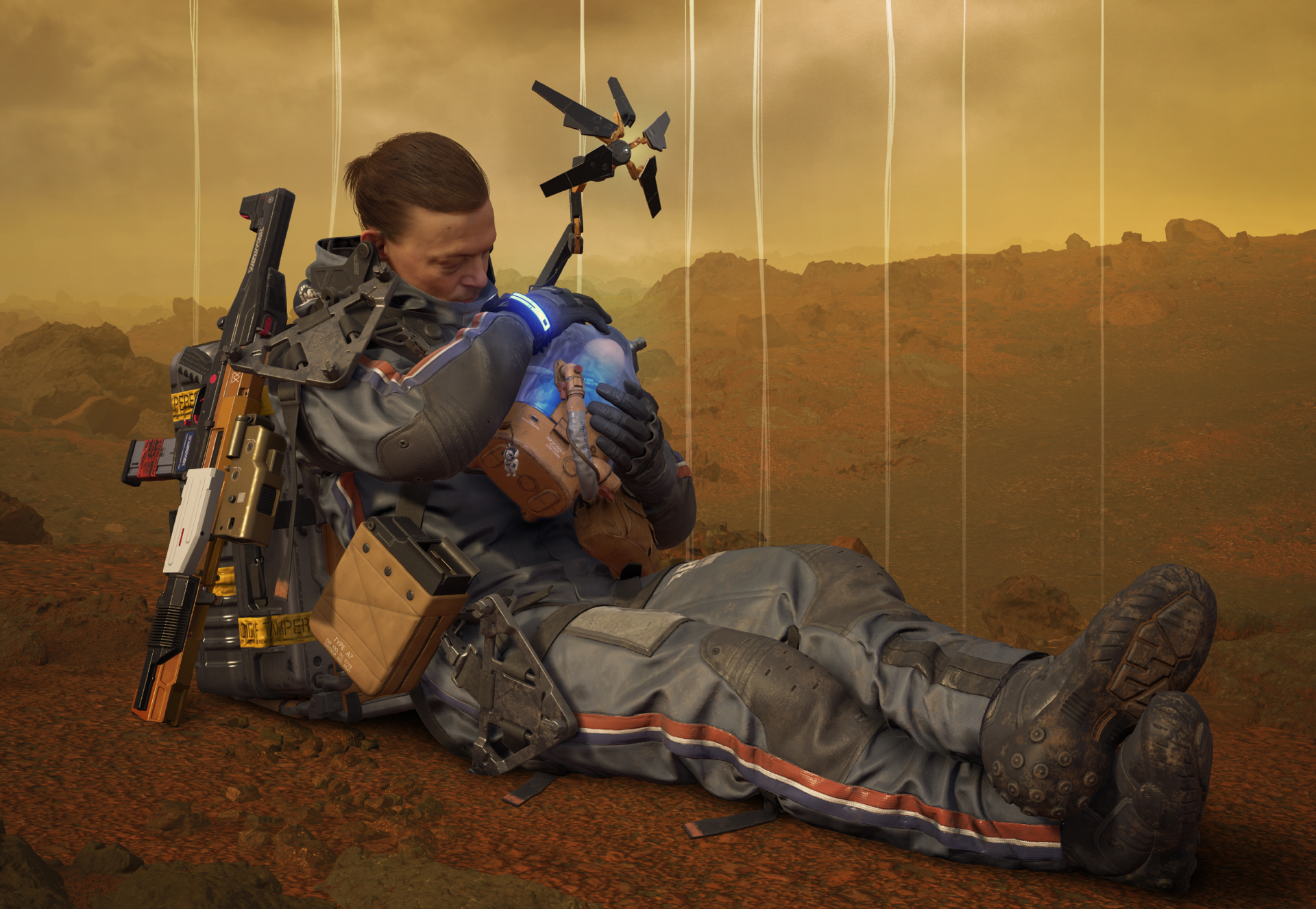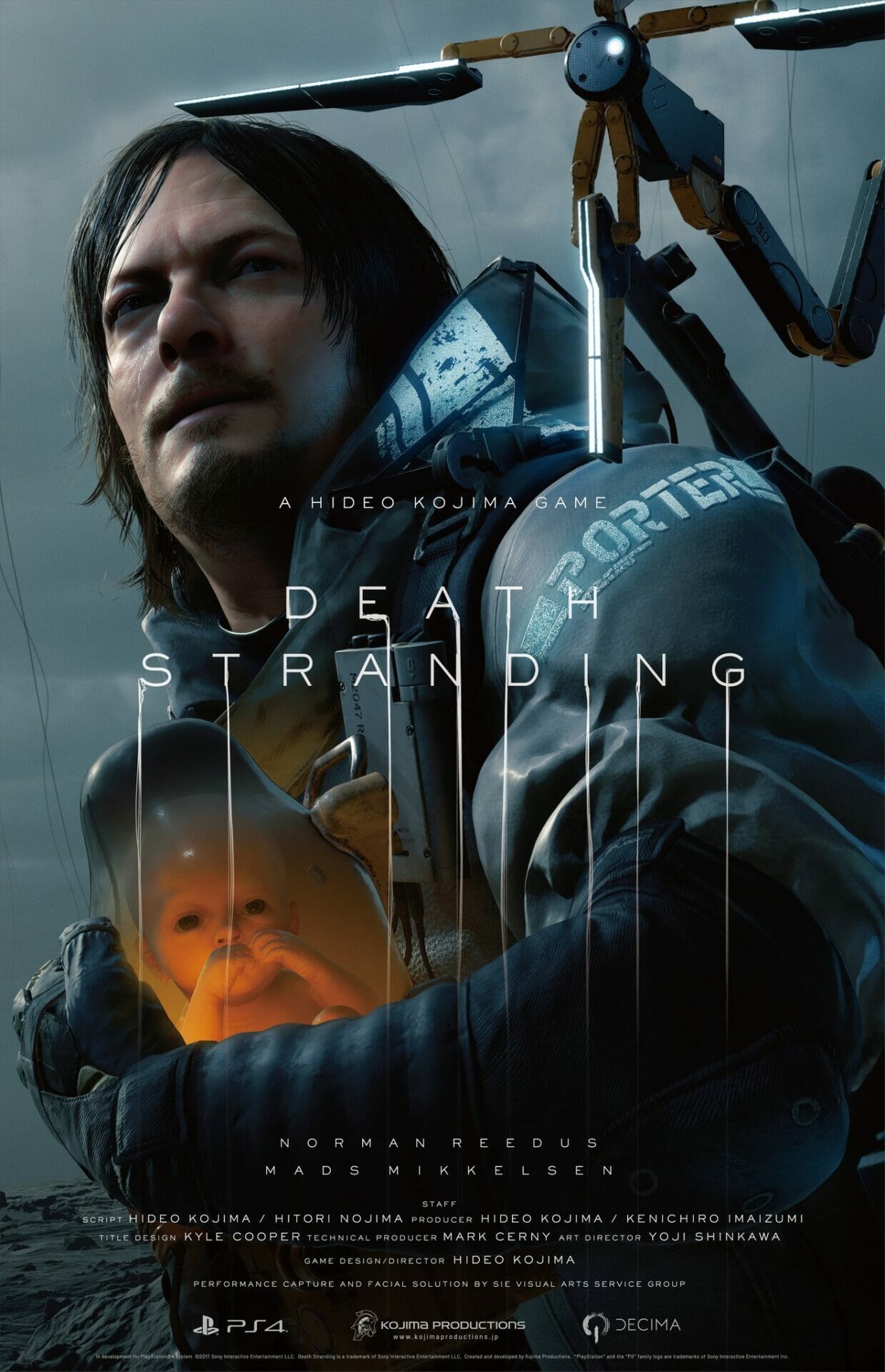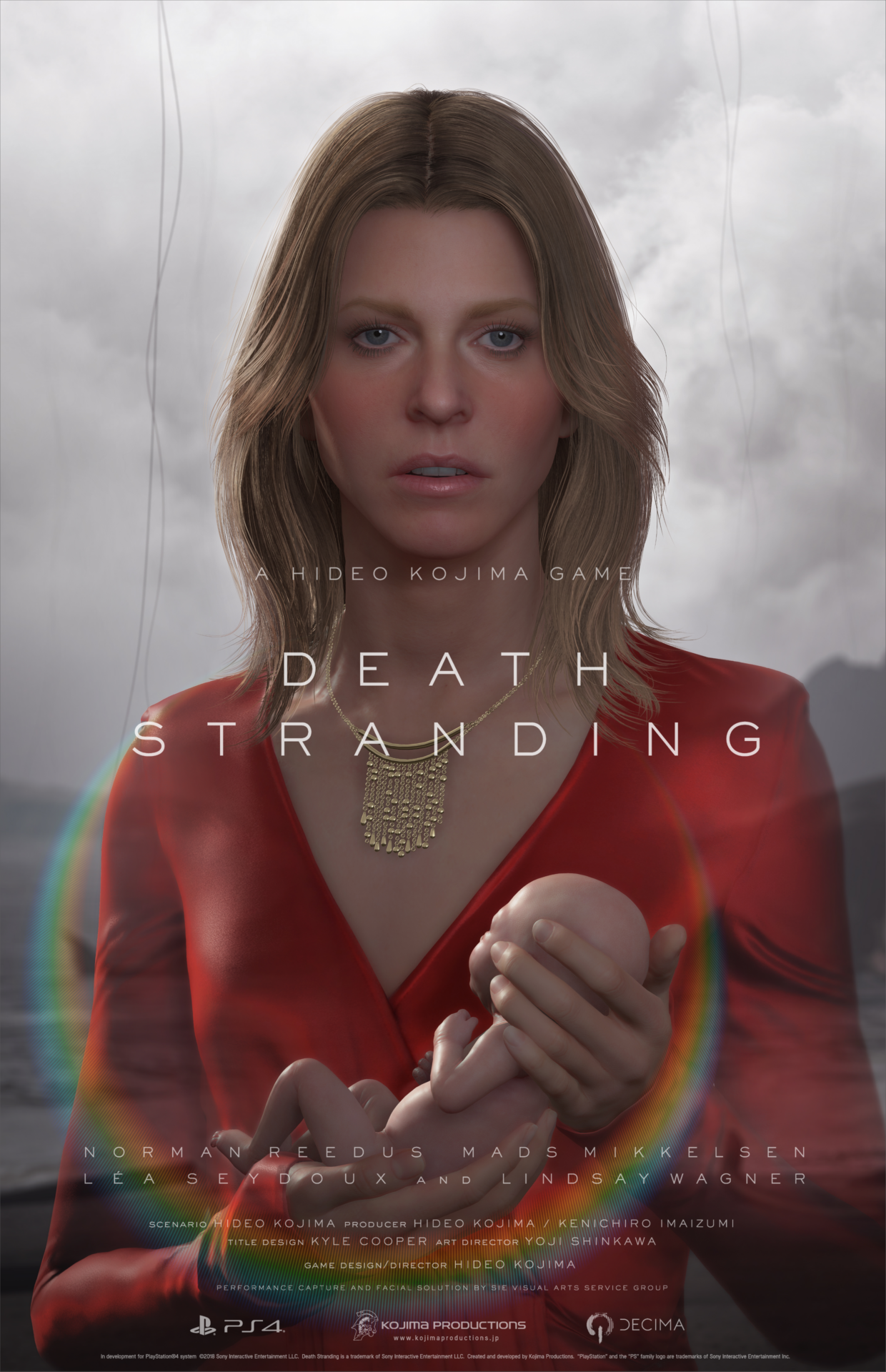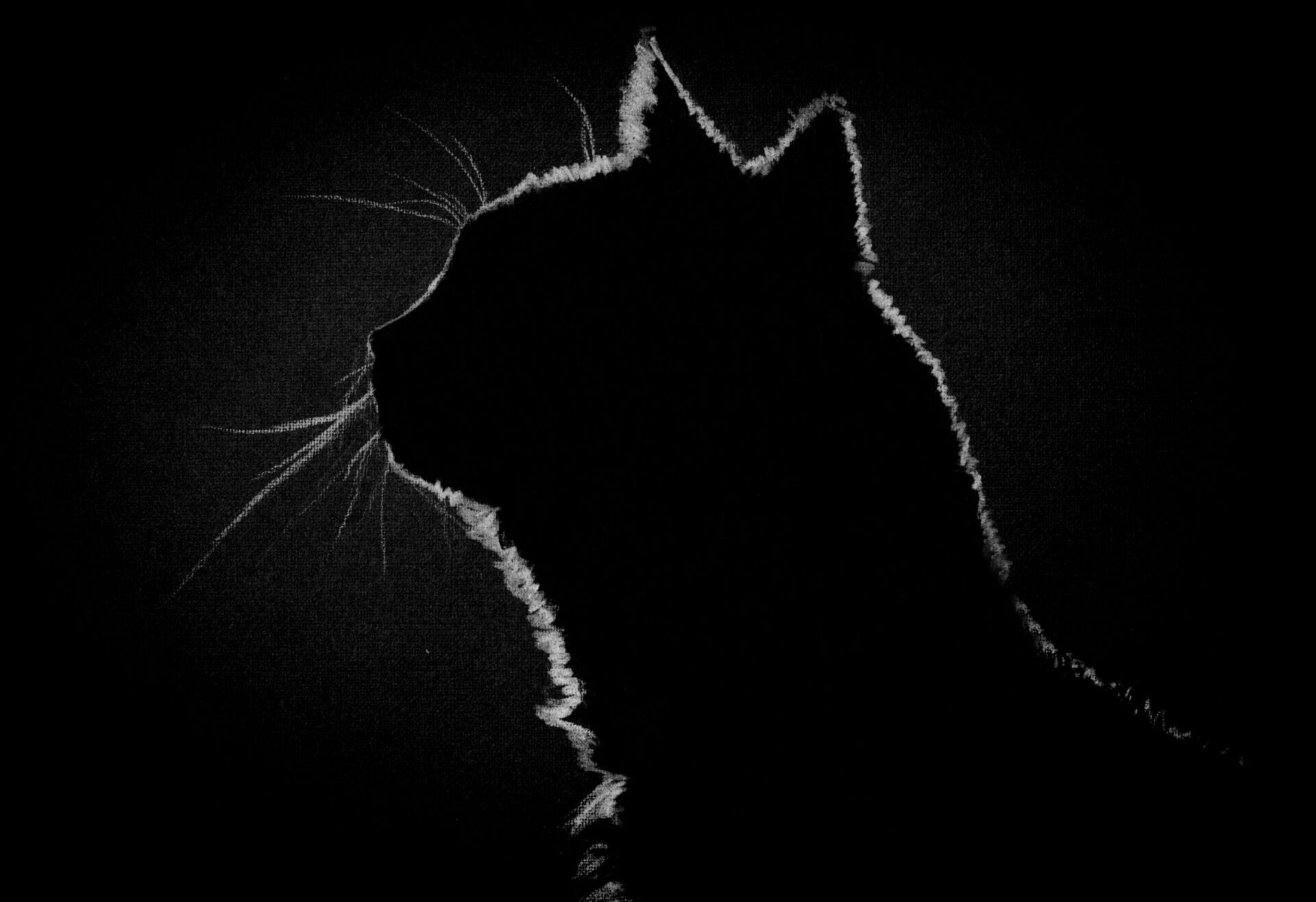
Death Stranding | Hideo Kojima's attempt to create a new kind of videogame
Game designer
Studio
Art Director
Lead Composer
Publishing Year
Subgenre
Country
There are video games that have changed indelibly the history of the medium. There is a before and an after games like Resident Evil, God of War, or Dark Souls. Death Stranding clearly tries to be one of these games. Only with hindsight, it will show if it actually is. For now, what can be said is that Hideo Kojima made an ambitious experiment. He blended a powerful story, a more than ever solid worldbuilding, and a sometimes hectic mix of gameplays. The narrative stands out also thanks to the cast of actors, involving Léa Seydoux, Guillermo Del Toro, Nicholas Winding Refn. While Norman Reedus interpreted the protagonist of the game, somehow echoing his role in The Walking Dead. Sam Porter Bridges’ journey tackles the enormous theme of our destiny as a species, looks into the importance of bonds, and tries to offer a one-of-a-kind game experience.
A world in need of strands
How would be a world where deliveries and the internet have almost disappeared? Kojima presents a post-apocalyptic setting where, after a phenomenon called Death Stranding, society has been shattered and people live isolated, barricaded in underground cities. The laws of biology and physics drastically changed. Dead people, in form of Beached Things or BTs, can now come back to the world of the livings. They also represent a major risk, because if a BT makes contact with a living being, it will trigger a void out, a massive explosion.
The protagonist Sam is a legend in the delivery field and is soon entrusted with a huge task: reconnecting the United States and bringing the chiral network, a kind of internet, back on. In doing so, he will have to face a rain which quickly turns you old, the MULEs, insane people obsessed by stealing parcels and, of course, BTs.
Death Stranding combines philosophical questions and scientific features, sometimes reminding of Stanislaw Lem’s Solaris in its fatal acknowledgments. As well as it is similar to Hayao Miyazaki’s Nausicaa in the Valley of the Wind, pointing out a major need of changing our mindset to keep on inhabiting this planet.
Kojima wants to highlight how much people rely on others every day, taking this cooperation for granted. And he does it within a world where humanity is on the brink of extinction and collaboration is the only real chance to survive. The delivery of parcels is the main action the player must carry on to proceed. It embodies both the practical need for supplies and the social need for cooperation. As much as the restoration of the network is crucial to communicate and share knowledge.
Death Stranding: did Kojima create a new genre?
What Kojima made with Death Stranding can be compared to games like Shadow of the Colossus or Quantic Dreams productions or even Black Mirror’s Bandersnatch. The point is twisting the perspective and seeing the media with new eyes. Kojima’s game design focuses not much on battles (especially the boss fights are quite dull), preferring to push the gamer to deal with the environment. How to climb a hill or a mountain, what tools to bring, how to adjust the luggage. The online system uses a different approach too. It gives the possibility to help other players: they can make constructions that can be used also by others and receive likes.
Kojima used the definition of strand game system because he wanted the players to see Death Stranding with no filters. However, the choices concerning game design, even if coherent with the lore, sometimes are detrimental to the player experience.

Surely Death Stranding was quite divisive and the most cynical deemed it a parcel delivery simulator. It would be reductive, though, to sum up the game like this. It has a deep and detailed world-building and the plot and characters are complex and original. However, the game hasn’t got much more to offer than what it shows in the premise. No doubt the different tools Sam will obtain during the story vary the gameplay, giving multiple approaches to face the missions. But it is also true that the game doesn’t always exhort the gamer into exploring every kind of possibility.
Many possibilities. Too many
Death Stranding tries to be, at the same time, an open world and adventure game, a third-person shooter, a stealth game, and even more. But these many possibilities are not all well-crafted and balanced, so they disorient more than expanding the player’s possibilities.
The game continuously offers shortcuts to avoid the challenges presented in the first place. The bikes and cars are better than stairs and reinforced legs. The weapons or simply fleeing are better than a stealth approach to face MULEs and BTs. It is entirely up to the players whether to make the missions harder and more complex. In a game very slow-paced and potentially endless, probably it won’t be their first choice.
The desolation of the US designed by Kojima may stick very well with the plot but what mostly offers to the player are almost desert lands and some breathtaking landscapes. Recent games like Persona 5 and Red Dead Redemption 2 do a much better job at creating an immersive world to explore, employing different mechanics.
In his attempt to reach innovation, Kojima created something similar to many and very different games, with the only real innovation being the focus gameplay has on deliveries. It is just a first step toward a different way of making video games.

The surface of something new
The game is full of brilliant ideas regarding the concept and world-building. However, many of these elements are too abstract to have a real impact on the gameplay. The online system makes players cooperate only if they imagine it to do so. It’s undeniable that they will always build a bridge or a power station for themselves in the first place. It’s all far away from the witty expedients of the Metal Gear Saga. Among others, the boss fight against Psychomantis became famous because by switching the joypad’s port, the player will beat him much more easily.
Kojima had an ambitious idea: to create a complex narrative world entailing multiple genres and approaches. But it only scorched the surface of something that is yet to be fully explored. Maybe other ambitious game designers will follow his lead, probably in the indie games field, full of remarkable products (such as Hollow Knight). Undertale is an iconic example. With a bunch of pixels and a few lines of dialogue, it deconstructed and paid a heartful homage to the JRPG genre, employing a series of original ideas and unprecedented mechanics.
Tag
Buy a ☕ for Hypercritic









